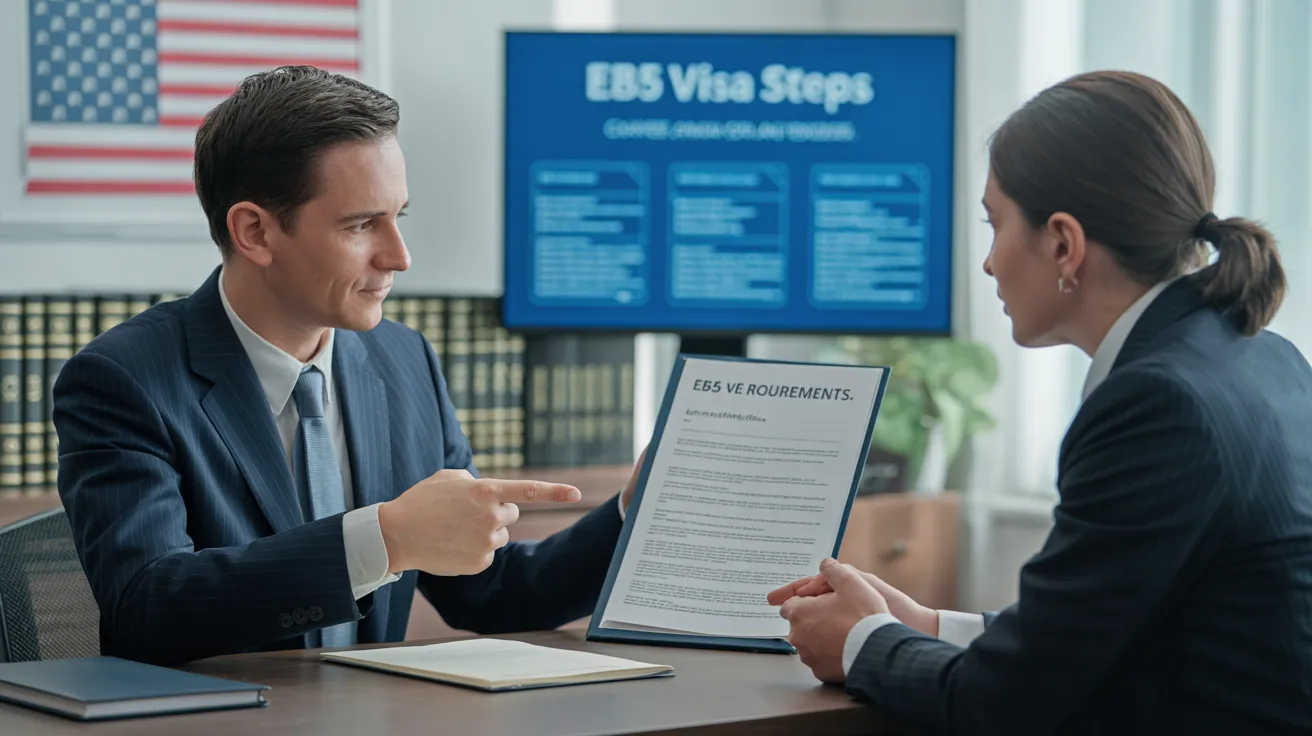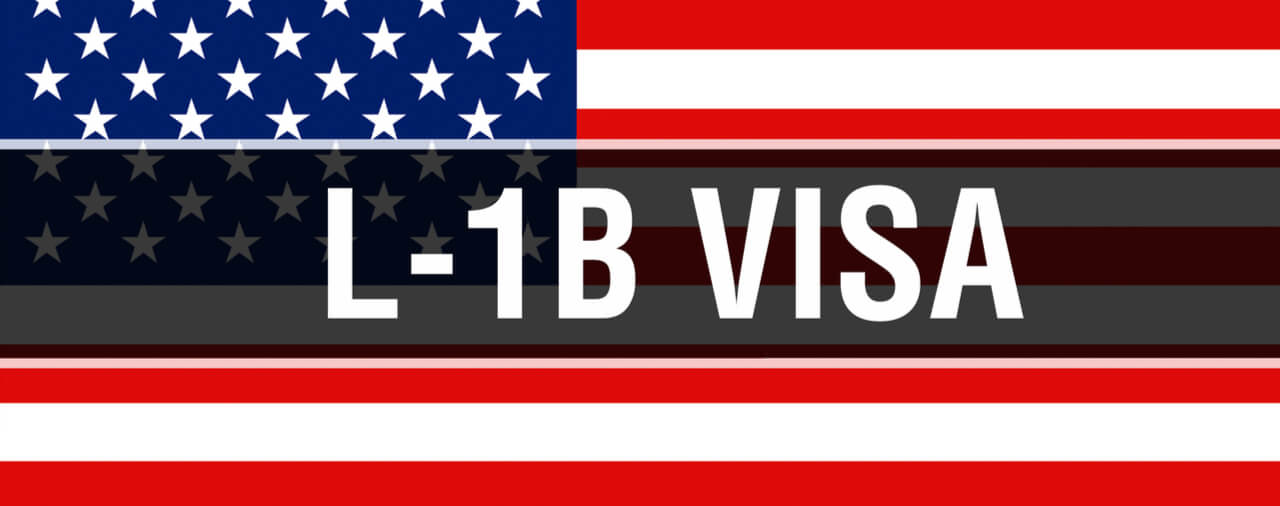The Single Strategy To Use For L1 Visa
Table of ContentsAbout L1 VisaThe Single Strategy To Use For L1 VisaExcitement About L1 VisaThe Best Guide To L1 VisaLittle Known Questions About L1 Visa.Unknown Facts About L1 Visa
Available from ProQuest Dissertations & Theses Global; Social Science Costs Collection. (2074816399). (PDF). Congress. (PDF). DHS Office of the Inspector General. (PDF). (PDF). "Nonimmigrant Visa Stats". Fetched 2023-03-26. Department of Homeland Protection Office of the Examiner General, "Review of Vulnerabilities and Potential Abuses of the L-1 Visa Program," "A Mainframe-Size Visa Technicality".
United State Division of State. Fetched 22 August 2016. "Workers paid $1.21 an hour to set up Fremont tech firm's computers". The Mercury News. 2014-10-22. Recovered 2023-02-08. Costa, Daniel (November 11, 2014). "Little-known temporary visas for international tech employees depress wages". Capital. Tamen, Joan Fleischer (August 10, 2013). "Visa Holders Change Workers".
The Ultimate Guide To L1 Visa
In order to be qualified for the L-1 visa, the international company abroad where the Recipient was used and the U.S. firm have to have a qualifying relationship at the time of the transfer. The various sorts of certifying relationships are: 1. Parent-Subsidiary: The Moms and dad means a firm, firm, or other lawful entity which has subsidiaries that it possesses and controls."Subsidiary" means a company, company, or other lawful entity of which a parent owns, straight or indirectly, even more than 50% of the entity, OR has much less than 50% however has management control of the entity.
Example 1: Firm A is integrated in France and utilizes the Beneficiary. Business B is incorporated in the U.S. and wants to petition the Recipient. Business A possesses 100% of the shares of Firm B.Company A is the Parent and Company B is a subsidiary. There is a certifying partnership between the 2 firms and Firm B ought to be able to sponsor the Beneficiary.
Example 2: Business A is incorporated in the united state and wishes to petition the Recipient. Firm B is incorporated in Indonesia and utilizes the Beneficiary. Company An owns 40% of Company B. The remaining 60% is owned and regulated by Company C, which has no connection to Firm A.Since Business A and B do not have a parent-subsidiary connection, Firm A can not sponsor the Beneficiary for L-1.
Business A possesses 40% of Firm B. The remaining 60% is had by Company C, which has no connection to Company A. Nonetheless, Business A, by official agreement, controls and full manages Business B.Since Firm A possesses much less than 50% of Firm B but takes care of and controls the firm, there is a certifying parent-subsidiary relationship and Firm A can sponsor the Beneficiary for L-1.
Things about L1 Visa
Affiliate: An associate is 1 of 2 subsidiaries thar are both owned and contact us managed by the very same moms and dad or person, or possessed and managed by the very same team of individuals, in essentially the exact same ratios. a. Example 1: Company A is integrated in Ghana and employs the Recipient. Firm B is included in the U.S.
Company C, additionally integrated in Ghana, possesses 100% of Firm A and 100% of Business B.Therefore, Business A and Business B are "associates" or sister business and a certifying partnership exists between the 2 firms. Company B must be able to fund the Recipient. b. Instance 2: Company A is integrated in the united state
Firm A is 60% possessed by Mrs. Smith, 20% had by Mr. Doe, and 20% owned by Ms. Brown. Company B is included in Colombia and presently uses the Beneficiary. Firm B is 65% possessed by Mrs. Smith, 15% had by Mr. Doe, and 20% possessed by Ms. Brown. Firm A and Firm B are associates and have a qualifying partnership in two various means: Mrs.
The L-1 visa is an employment-based visa classification developed by Congress in 1970, permitting international companies to move their managers, execs, or vital employees to their united state procedures. It is commonly referred to as the intracompany transferee visa. There are two main kinds of L-1 visas: L-1A and L-1B. These types appropriate for employees hired in different placements within a business.

Furthermore, the beneficiary needs to have worked in a managerial, executive, or specialized worker setting for one year within the 3 years coming before the L-1A application in the foreign company. For brand-new office applications, international employment must have remained in find out more a supervisory or executive ability if the recipient is involving the United States to work as a supervisor or executive.
L1 Visa Fundamentals Explained

If given for a united state business operational for even more than one year, the initial L-1B visa is for as much as 3 years and can be extended for an extra two years (L1 Visa). Conversely, if the U.S. company is newly established or has actually been functional for much less than one year, the initial L-1B visa is issued for one year, with expansions offered in learn more two-year increments
The L-1 visa is an employment-based visa group established by Congress in 1970, permitting international business to transfer their managers, executives, or key personnel to their united state operations. It is frequently referred to as the intracompany transferee visa. There are 2 main kinds of L-1 visas: L-1A and L-1B. These kinds are ideal for employees worked with in various placements within a company.
Rumored Buzz on L1 Visa
Furthermore, the recipient should have functioned in a supervisory, executive, or specialized employee placement for one year within the 3 years coming before the L-1A application in the international business. For new office applications, foreign employment needs to have been in a supervisory or executive capacity if the recipient is coming to the USA to function as a manager or executive.
for approximately seven years to oversee the procedures of the U.S. associate as an executive or supervisor. If provided for a united state firm that has been operational for even more than one year, the L-1A visa is originally approved for approximately three years and can be prolonged in two-year increments.
If given for a united state firm functional for greater than one year, the preliminary L-1B visa is for as much as 3 years and can be extended for an additional two years. Alternatively, if the united state company is freshly established or has been functional for less than one year, the first L-1B visa is released for one year, with expansions offered in two-year increments.